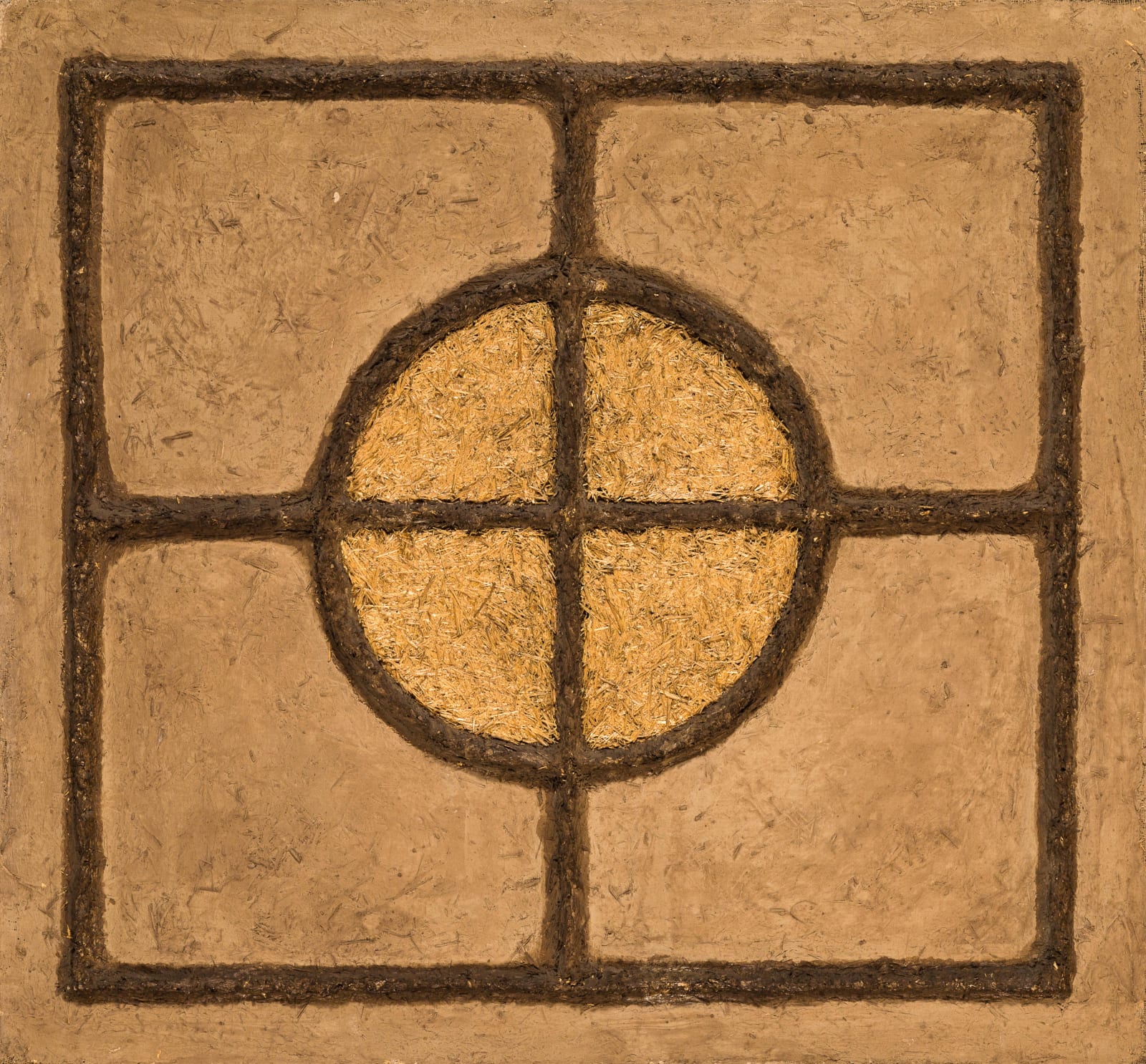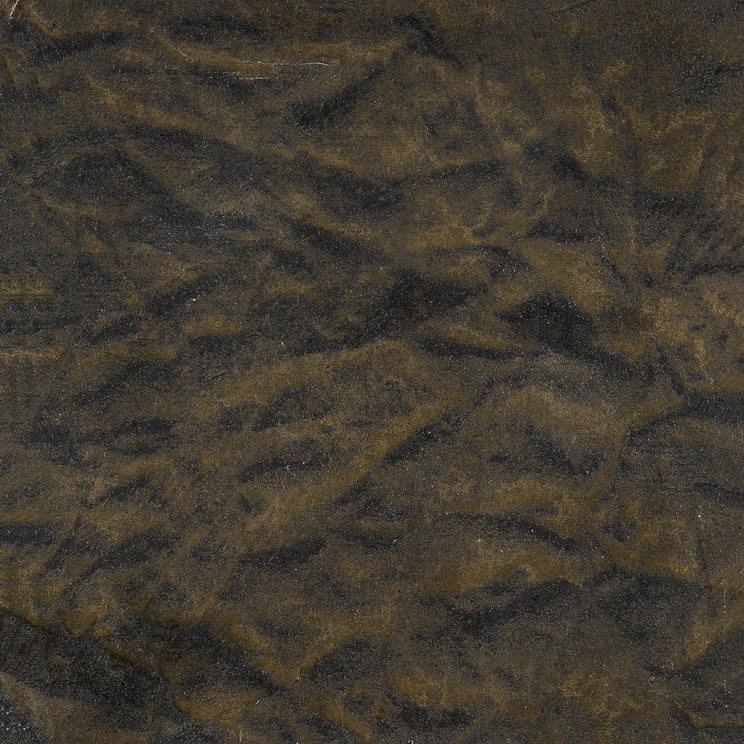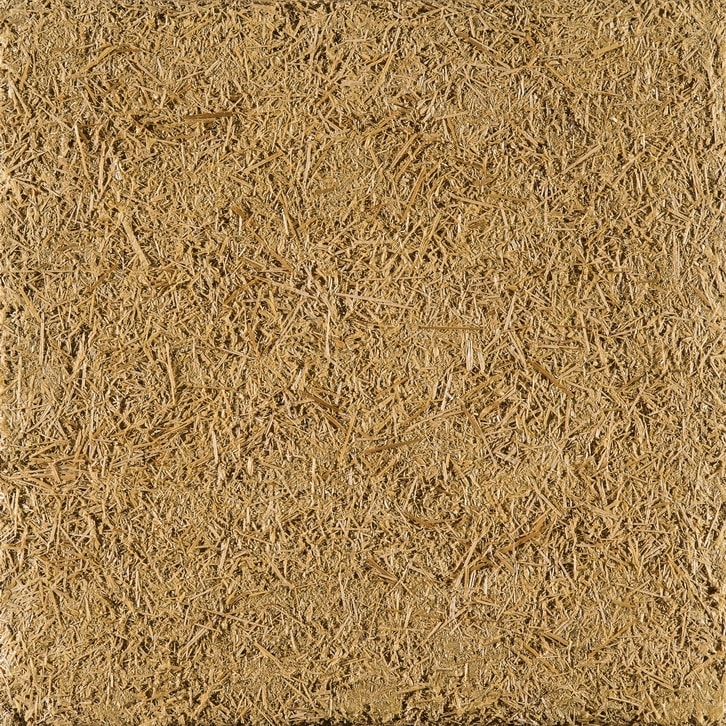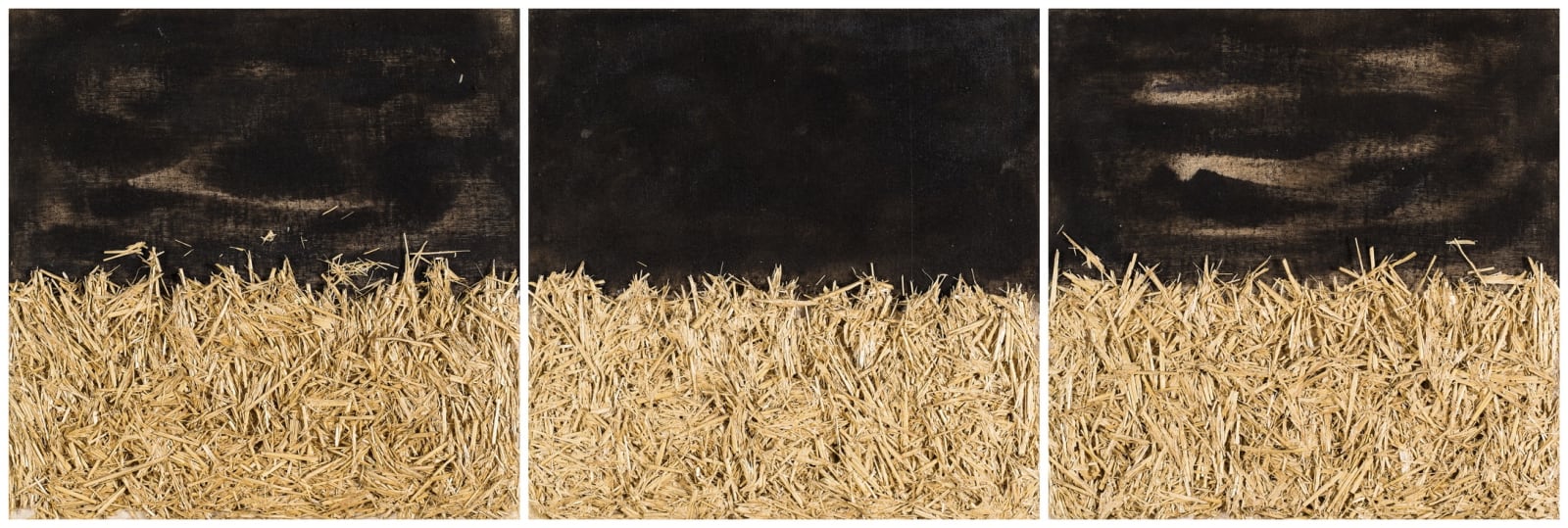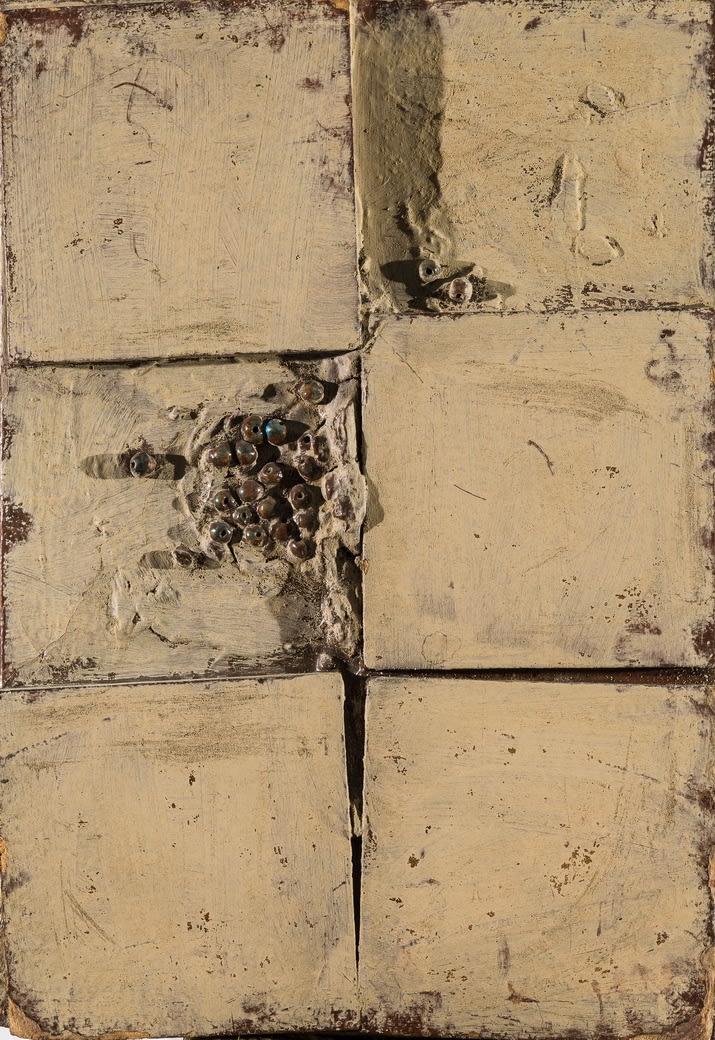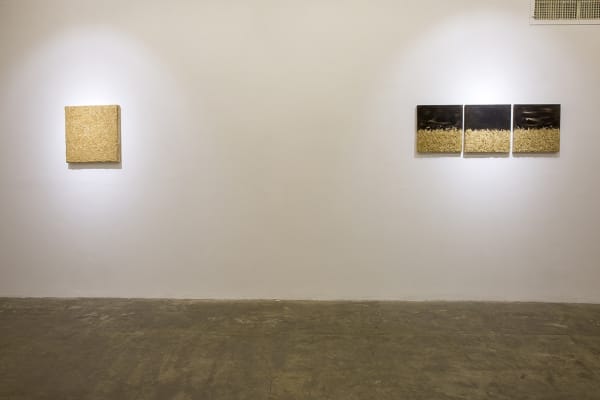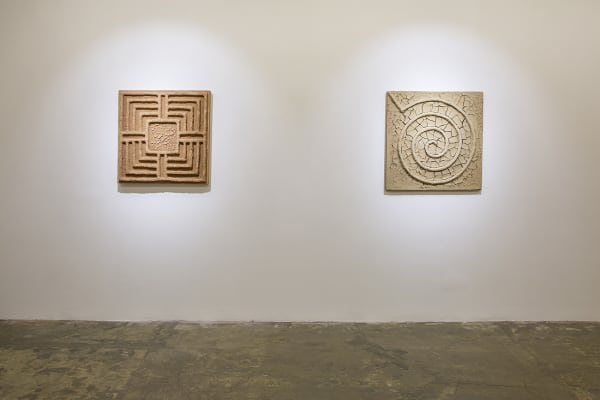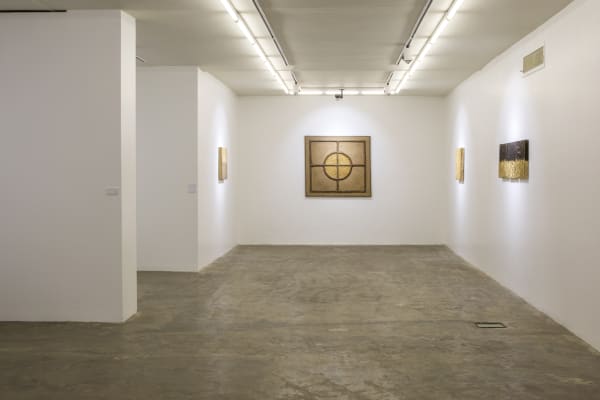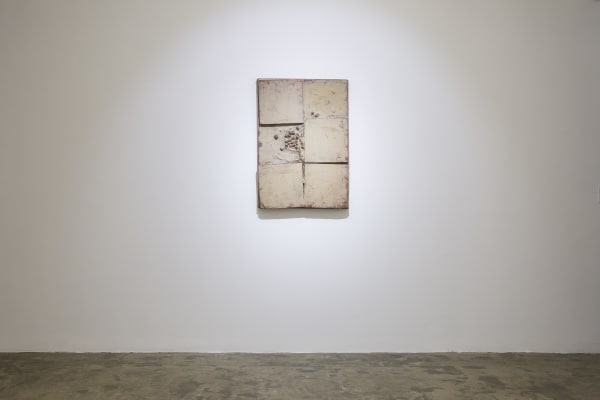Marcos Grigorian | "Earth Works": Dastan+2
Exhibition of Marcos Grigorian's "Earth Works" at Dastan+2
Dastan +2 is pleased to announce the opening of “Marcos Grigorian’s Earth Works” on June 10, 2016. The exhibition will be open for public viewing through July 2.
Marcos Grigorian (b. Kropotkin, Russia, 1925; d. Yerevan, Armenia, 2007) was one of the most influential artists and art patrons of the Iranian Modern era. During his life, he took several roles as artist, collector, instructor, gallerist and curator. He created “earth works” series, conceived independently from the Western trend of land art, based on the concepts of earth, roots and identity(1). Marco’s work, as Fereshteh Daftari writes, “is global without being derivative and local without being reductively ethnic.(2)”
Grigorian’s work is part of a number of major public collections including the Museum of Modern Art (MoMA), the Metropolitan Museum of Art, Tate Modern, the British Museum, the Nelson Rockefeller Collection, the Grey Gallery of NYU, Tehran Museum of Contemporary Art, the Near East Museum in Armenia, and the National Gallery of Armenia.
After his numerous travels to Europe and America, he completed his famous series based around the Holocaust, and then a series using earth materials such as soil, straw and wood. According to curator Donna Stein, who refers to many of Marco’s earth works as “small capsules of the landscape”, “He conceived of two alternatives to the blackness he perceived: death and earth — the land, the soil, which was life. Since 1960, all of Grigorian's artistic investigations and production derive from this singular fascination with earth matter and the material that belongs to the land.(3)” The current works presented in this show are from his early experiments with such materials, adding to the importance of this rare collection.
Marco’s family moved to Iran when he was five and lived in Tabriz, then Tehran and eventually settling in Julfa, the Armenian district of Isfahan. After ten years in Isfahan, the family moved back to Tehran, where Marcos attended Alborz college, and later Kamāl-al-Molk Art School in 1948. He travelled to Rome in 1950 and studied at the Academia di Belle Arti. Upon his return to Iran, Marcos founded what possibly became one of Iran’s second modern art gallery, Gallery Esthetique (1954-59)(4), through which, according to Karim Emami, he introduced many European artistic movements of the time to the Iranian audience, as well as showcasing pioneering Iranian artists and his growing collection of artworks(5).
After the tragic death of his beloved daughter Sabrina in 1986, Marco spent the last thirty years of his life traveling between America and Armenia. He passed away of a suspected heart attack on 27 August 2007 in Yerevan, one day after leaving the hospital where he was recovering from an assault by two robbers who had broken into his home. After Marco’s death, his work has been featured in several museum shows. At the time of this exhibition, one of his works is on display at Tate Modern.
(1) Cotter, Holland. Modernism Blooming in Iran. New York Times. September 5, 2013.
(2) Daftari, Fereshteh. Redefining Modernism. In “Iran Modern”. Daftari, Fereshteh (ed.). 2013. New York: Asia Society.
(3) Stein, Donna. Introduction. in “Earth Works”. 1989. New York: Gorky Gallery.
(4) Iran’s first Modern art gallery was the short-lived “Apadana Art Gallery”
(5) Emami, Karim. Karim Emami on Modern Iranian Culture, Literature & Art. Emami, Goli (comp.). Yavari, Houra (ed.). 2014. New York: Persian Heritage Foundation

